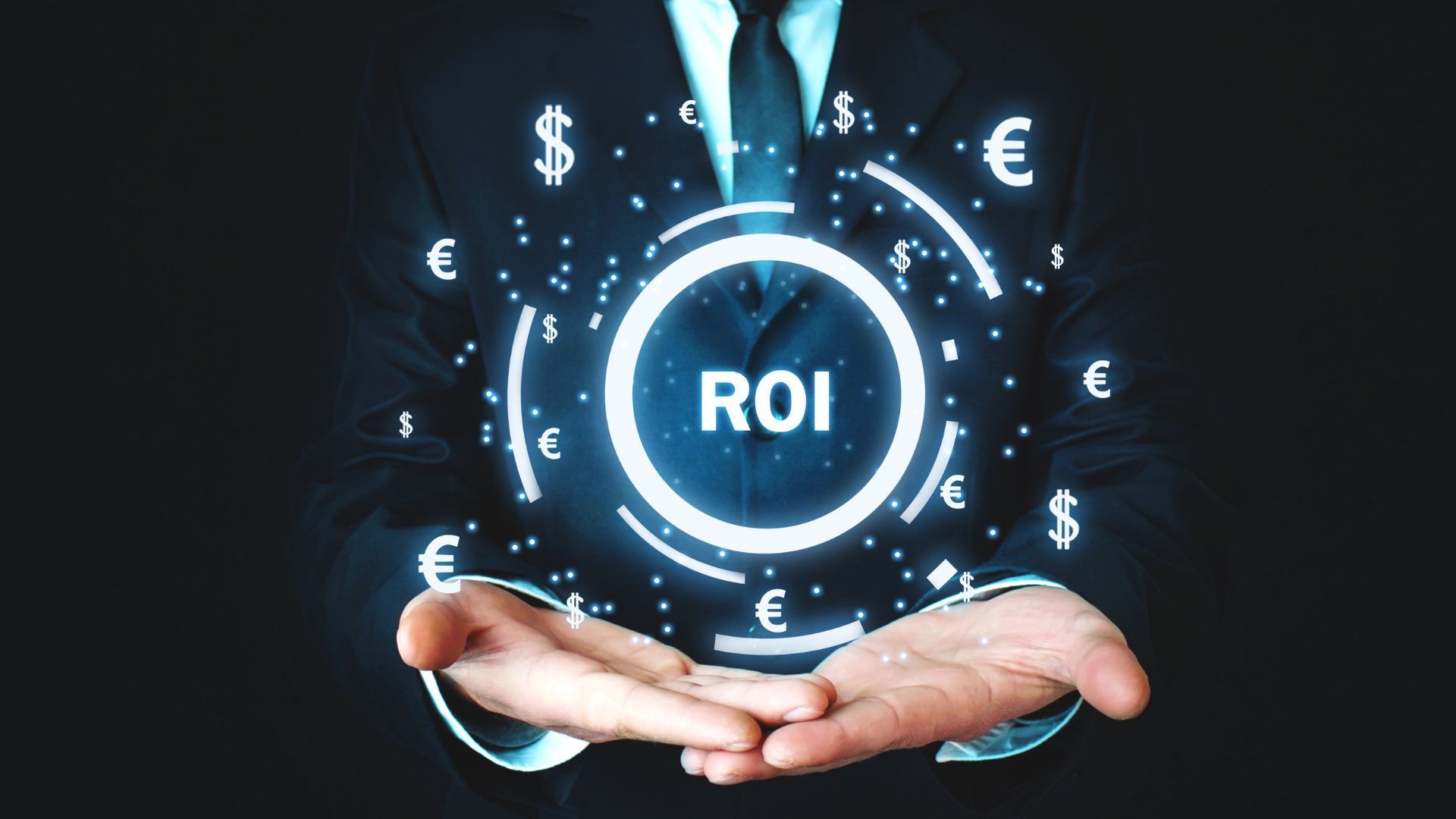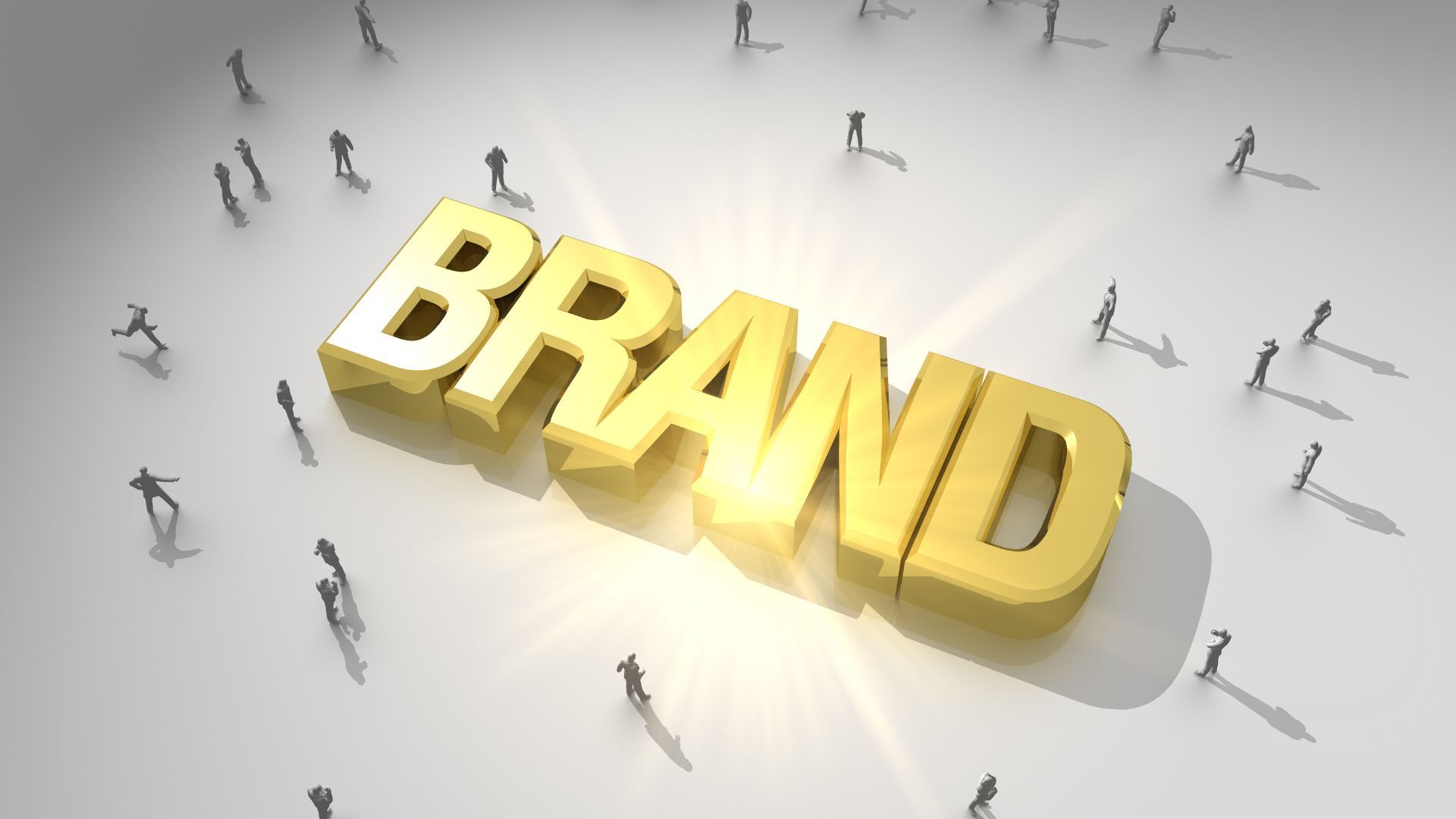Unlock Conversion Rate Optimization Secrets for Effective Marketing
Conversion rate optimization (CRO) transforms website visitors into loyal customers. By leveraging website analysis, A/B testing, personalization, and data-driven insights, marketers often collaborate with Levelup Agency to improve user experience and boost digital marketing performance. Effective CRO enhances revenues and ROI by continuously refining digital touchpoints throughout the customer journey.
Key Takeaways
- CRO uses detailed website analysis and data-driven decision making to improve user experience and increase sales.
- Tactics like A/B testing, personalization, and funnel optimization are essential to address drop-off points.
- Both quantitative and qualitative research empower marketers to tailor their strategies for different audiences.
- A holistic approach combining user research, reporting, and advanced testing drives sustainable conversion growth.
What Are the Key Conversion Rate Optimization Tactics for Marketing?

A successful CRO starts with key tactics, including website analysis, A/B testing, and personalization. These methods help determine the ideal placement for calls to action (CTAs) and optimize page layouts for usability.
How Does Website Analysis Improve Conversion Rates?
Website analysis reviews user behavior through metrics like bounce rate, click-through rate, and exit pages. Tools such as heat maps and session recordings help uncover areas of user friction and drop-off points. By examining navigation and content hierarchy, businesses can ensure important elements are visible “above the fold” and improve overall usability.
Why Is User Research Essential for CRO Success?
User research uncovers customer expectations, pain points, and preferences directly from the target audience. Insights from surveys, interviews, and usability tests help refine navigation, page layout, and content messaging. This research aids in developing personas and forming hypotheses for further testing. For instance, knowing that a demographic prefers mobile payment options can inform tailored design improvements.
What Role Does A/B Testing Play in Optimizing Conversions?
A/B testing enables controlled experiments by comparing different webpage elements—such as headlines, CTA buttons, or images—to identify the design that yields the highest conversion rate. This process relies on statistical significance from testing sufficiently large user segments, reducing guesswork, and supporting continuous improvements.
How Can Conversion Funnel Optimization Boost Marketing Results?
Optimizing the conversion funnel involves examining each stage, from initial awareness to final purchase, and identifying points where customers drop off. By improving page speed, clarifying CTAs, and reducing unnecessary navigation steps, marketers streamline the user journey. This approach minimizes friction and supports gradual lead development, customer retention, and overall ROI enhancement.
What Are Personalization Strategies That Increase Conversions?
Personalization creates tailored user experiences that resonate with individual needs. Techniques include segmenting audiences based on behavior, geography, and past interactions; delivering personalized emails, product recommendations, and dynamic content. These methods enhance the relevance of marketing messages and foster emotional engagement, leading to upselling opportunities and stronger customer relationships.
How Do Data-Driven Approaches Enhance Conversion Rate Optimization?
A data-driven approach is crucial for CRO. By relying on precise measurement and analysis, marketers can shape testing strategies and prioritize changes that yield the best results.
What Metrics Should Marketers Track for CRO?
Key performance indicators include conversion rate, bounce rate, average session duration, cart abandonment rate, and revenue per visit. Additional metrics, such as page load time and user engagement scores, offer insights into technical performance. Combined, these data points reveal areas needing improvement.
How Does User Behavior Data Inform Optimization Decisions?
Detailed user behavior data, including click patterns and scrolling activity, highlights which parts of a page engage users and which do not. This information supports usability tests and helps determine where to update content or adjust CTAs, ensuring that optimization efforts align with actual user needs.
Why Is Continuous Reporting and Performance Monitoring Critical?
Regular reporting and monitoring allow marketers to track performance trends and quickly spot emerging issues. Dashboards and automated reports provide transparency and enable rapid strategy adjustments. This ongoing feedback fosters a culture of continuous improvement and innovation, keeping conversion strategies effective in a dynamic market.
Which Conversion Funnel Optimization Techniques Deliver the Best Results?

Effective funnel optimization requires targeted strategies at each stage of the customer journey to maximize conversion rates and revenue growth.
How to Identify and Fix Drop-Off Points in the Funnel?
Mapping the customer journey with funnel analytics and heat maps reveals where users leave. Running A/B tests on these stages can determine if changes—such as clearer CTAs, revised content, or simplified forms—reduce friction and improve retention.
What Are Effective Strategies to Streamline User Journey Steps?
Simplicity is key. A clear visual hierarchy, minimalistic design, and strategically placed CTAs can guide users more efficiently. Multi-step forms and integrated social proof also reduce cognitive load, encouraging users to complete their journey.
How Can Multi-Channel Funnels Improve Overall Marketing Conversions?
By analyzing all digital touchpoints—including social media, email, paid advertising, and organic search—marketers can ensure a unified user experience. Coordinated messaging across channels increases brand awareness and drives conversions, for instance, through retargeting campaigns that re-engage interested users.
What Are the Best Practices for Running Successful A/B Tests?
A/B testing remains essential in CRO, enabling empirical validation of design and content changes.
How to Design High-Impact A/B Test Variations?
High-impact test variations begin with a clear hypothesis. Marketers should alter one element at a time—whether a CTA button, headline, or image—to accurately attribute performance changes. This precise approach aids in scaling effective design adjustments across the digital presence.
When and How Should You Analyze A/B Test Results?
Analysis should follow a sufficient testing period to ensure statistical significance. Comparing conversion rates and engagement between control and variation, aided by tools that provide confidence intervals and p-values, helps validate the success of changes. Regular reviews then inform future testing rounds.
What Common Pitfalls Should Be Avoided in A/B Testing?
Avoid testing multiple variables simultaneously or running tests too briefly. Segmenting data by user demographics and ensuring test integrity prevents misinterpretation of results, leading to more reliable, actionable insights.
How Can Personalization Increase Conversion Rates in Marketing?

Personalization boosts conversions by crafting experiences that directly address individual customer preferences, enhancing engagement and loyalty.
What Types of Personalization Are Most Effective?
Effective methods include behavioral targeting, product recommendations, and location-specific content. Dynamic features, like customized landing pages and personalized emails, adjust based on user history and interactions to maintain relevancy and drive higher conversion rates.
How to Implement Personalization Without Compromising User Experience?
Personalization should enhance, not hinder, user experience. Best practices involve using subtle techniques—such as adaptive CTAs or tailored recommendations—that integrate smoothly into the site design while respecting privacy and data security.
What Tools Support Personalization Strategies?
CRM platforms, advanced analytics software, and dedicated personalization engines such as Optimizely, Dynamic Yield, and VWO help marketers deliver and measure tailored experiences across channels by enabling real-time segmentation and dynamic content updates.
Why Is a Holistic CRO Approach More Effective Than Isolated Tactics?
A holistic approach to CRO combines design, user research, A/B testing, and personalization, yielding synergistic benefits that transcend isolated efforts.
How Do Different CRO Elements Work Together to Maximize Results?
Website analysis, user research, A/B testing, and personalization complement each other—user research identifies key pain points, A/B testing validates changes, and personalization tailors the improved experience. Together, these elements build a seamless, conversion-friendly journey.
What Role Does User Experience (UX) Play in Holistic Optimization?
UX is the foundation of effective CRO. An intuitive navigation system, clear messaging, and appealing design work in concert to reduce friction and build trust, encouraging users to interact with content and complete conversions.
How to Customize CRO Solutions for Specific Business Needs?
Customization involves aligning CRO strategies with unique business challenges, using detailed customer personas and robust analytics. Tailored solutions might include targeted landing pages, personalized recommendations, or adaptive pricing that together support long-term growth and improved profitability.
How Can Marketers Measure and Maximize ROI From Conversion Rate Optimization?

Measuring ROI is essential to understanding the financial benefits of CRO. Through robust analytics and financial metrics, marketers can directly link conversion improvements to revenue growth.
What Are the Best Practices for Reporting CRO Success to Stakeholders?
Clear, structured reports and visual dashboards that highlight key metrics—conversion rates, revenue per visitor, and test outcomes—help demonstrate progress and justify further investment in CRO efforts.
How to Calculate the Financial Impact of CRO Efforts?
By tracking changes in conversion rates, average order value, and reduced cart abandonment, marketers can assign monetary values to improvements. Tools like conversion rate calculators support these financial models, showcasing the long-term benefits of sustained optimization.
What Strategies Ensure Sustainable Conversion Rate Growth?
Sustainable growth requires ongoing testing, continuous user research, and multi-channel integration. Investing in advanced personalization tools and maintaining an agile approach ensures that the digital presence evolves with market dynamics, driving lasting conversion improvements.
Frequently Asked Questions
What is conversion rate optimization (CRO)?
CRO improves a website’s ability to convert visitors into customers by analyzing user behavior and testing design changes.
How does A/B testing contribute to improved conversions?
It allows businesses to compare different webpage versions, ensuring that the highest-converting design is implemented.
Why is user research important in CRO?
It identifies customer pain points and preferences, providing insights critical to designing an optimal user experience.
What role does personalization play in conversion rate optimization?
It tailors the experience based on individual behaviors and demographics, enhancing engagement and conversion likelihood.
How can businesses measure the ROI of their CRO efforts?
By tracking metrics such as conversion rate improvements, revenue per visitor, and reduced bounce rates after implementing CRO strategies.
Final Thoughts
Conversion rate optimization is a continuous journey that blends data-driven insights, user research, and iterative testing. By integrating A/B testing, personalization, and holistic UX improvements, marketers can significantly enhance digital performance and build a resilient online presence. Embracing these strategies unlocks potential and maximizes ROI in an increasingly competitive marketplace.


















